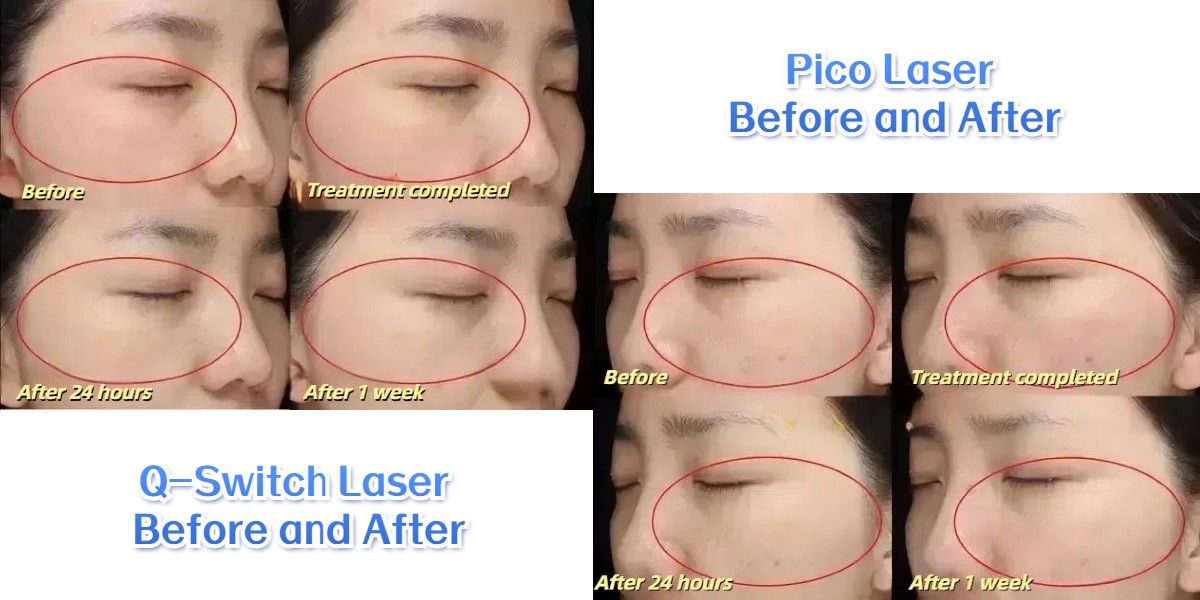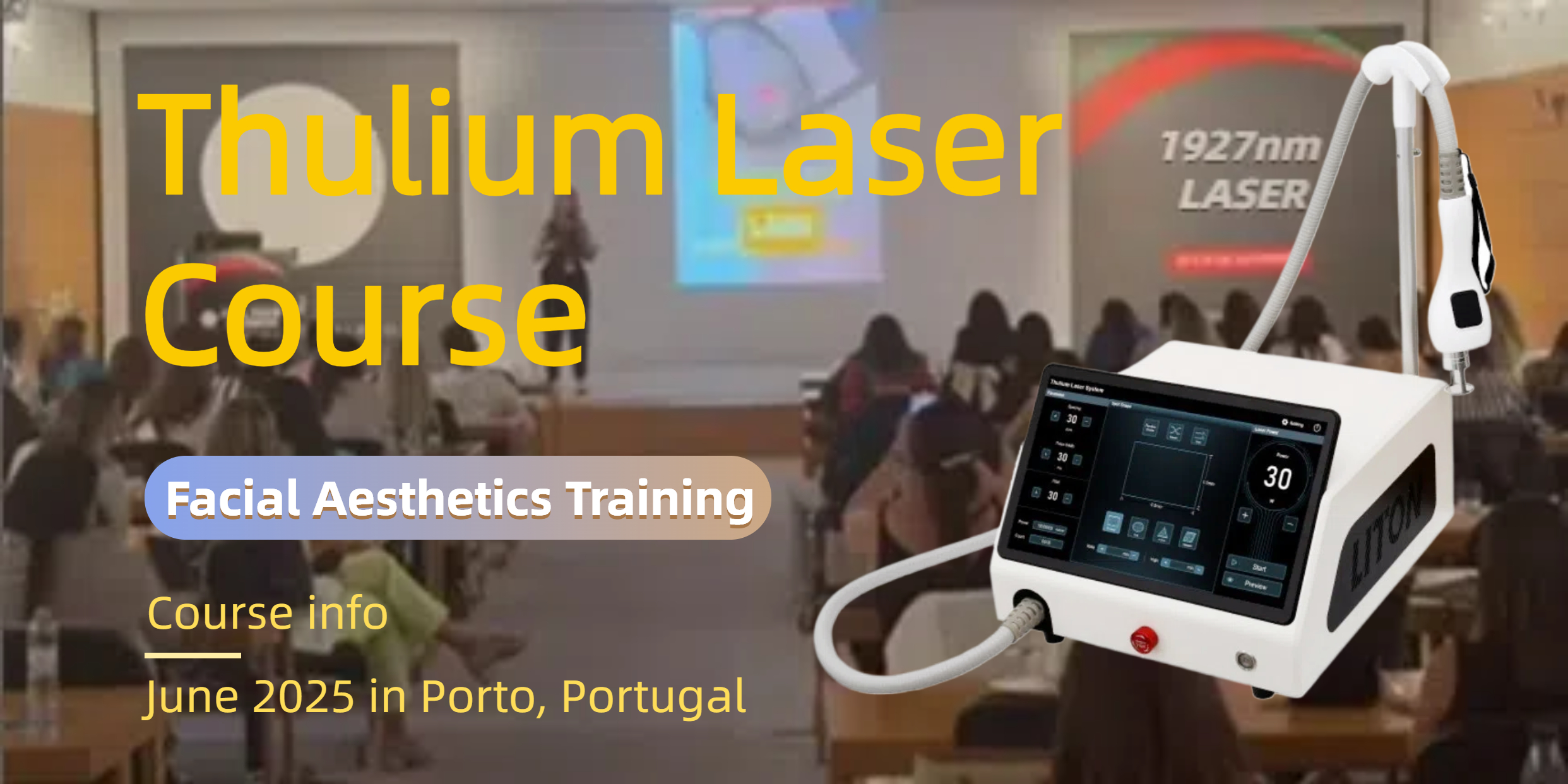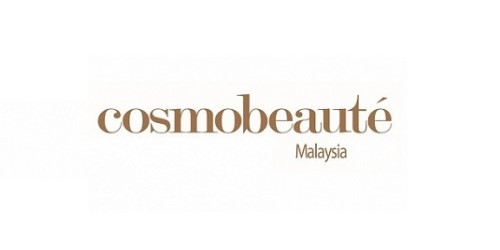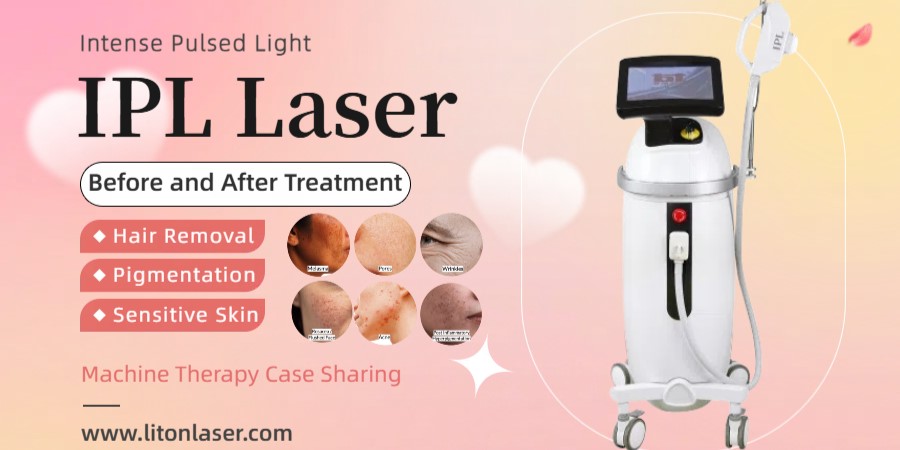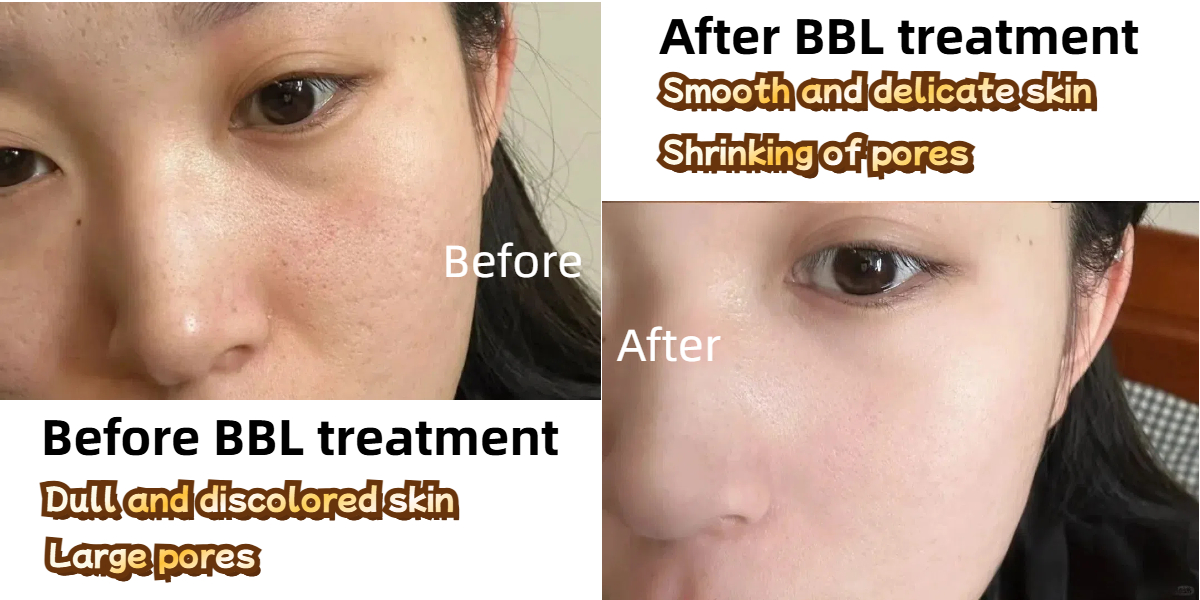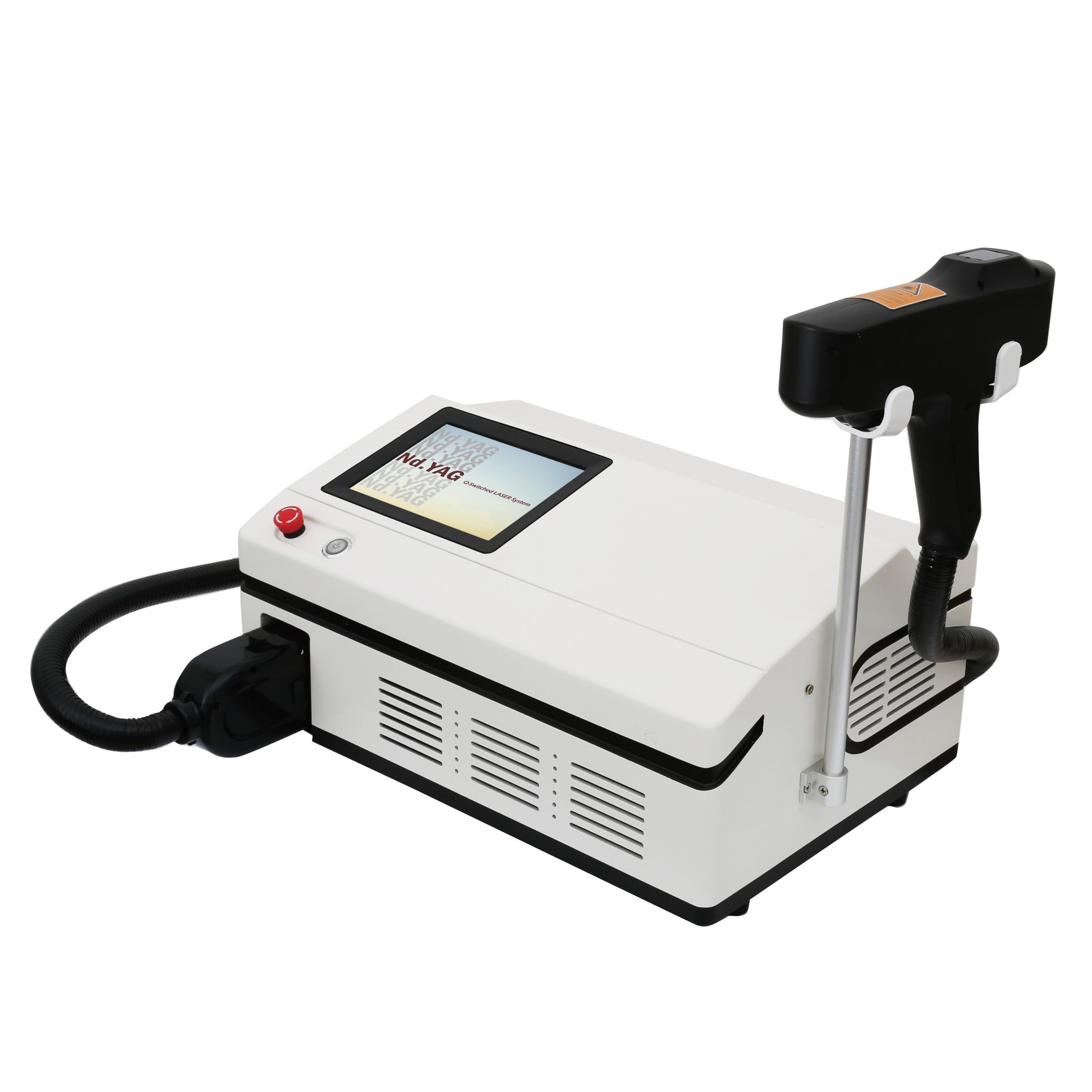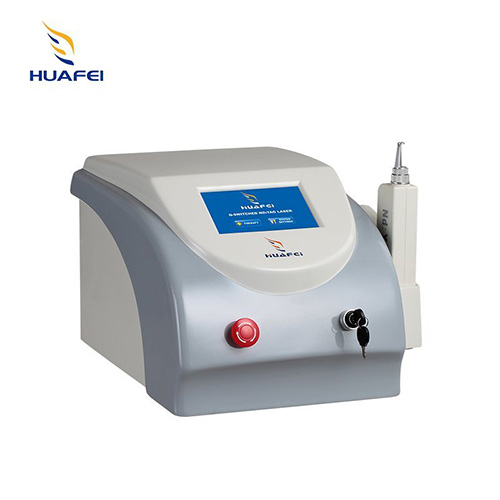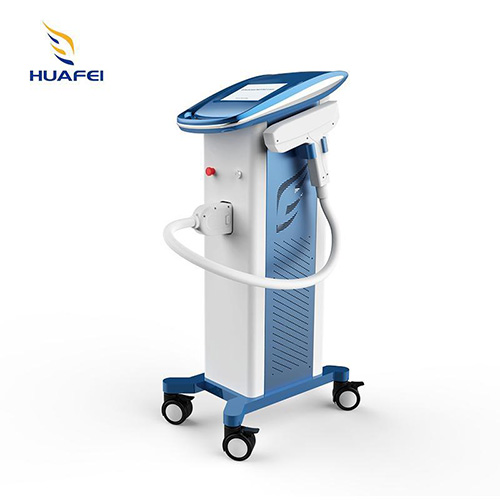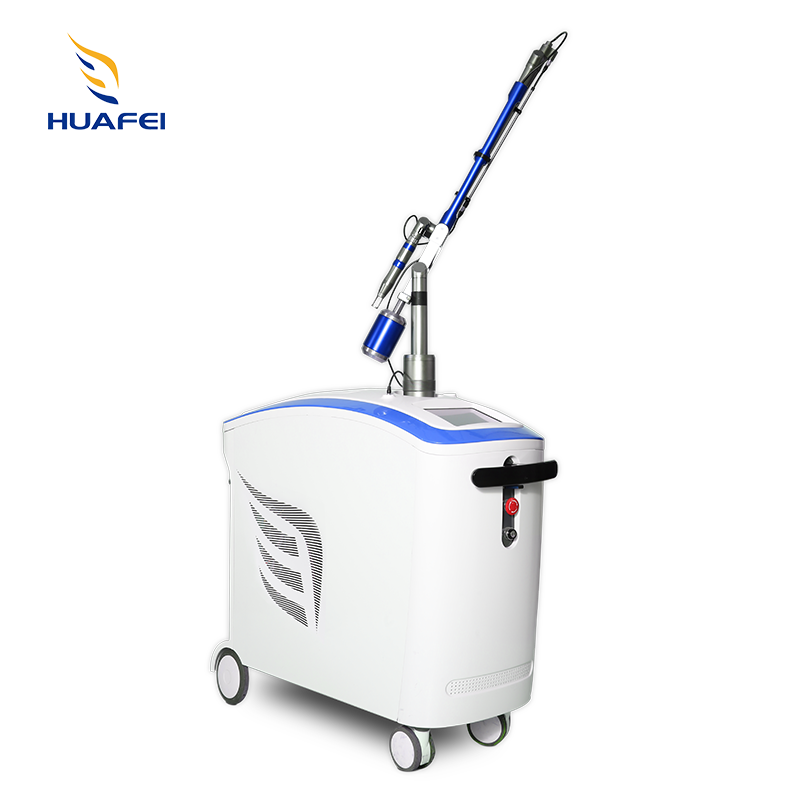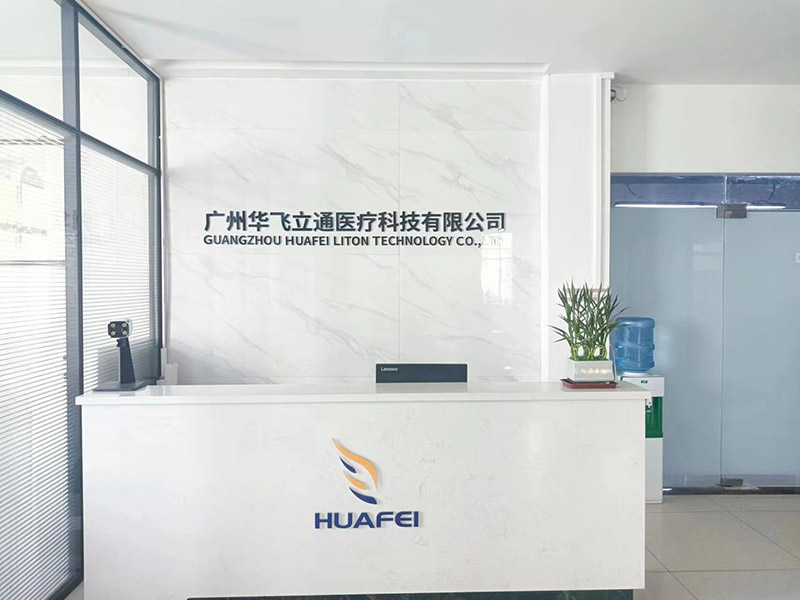With the development of medical aesthetics, various phototherapy instruments have been launched, which has given more treatment options to the skin pigmentation problem that was once difficult to solve – Q-switch laser. Although it is not perfect, at least some pigmentation spots can be solved well.
However, these treatments are often accompanied by some unavoidable troubles, such as redness, scabs, and darkening. Wouldn’t it be better if these side effects can be reduced or avoided while achieving good results? Therefore, pico laser entered the beauty market.
So what is the difference between Q-switch laser and Pico laser before and after treatment? Which laser is the best and most effective for pigment treatment?
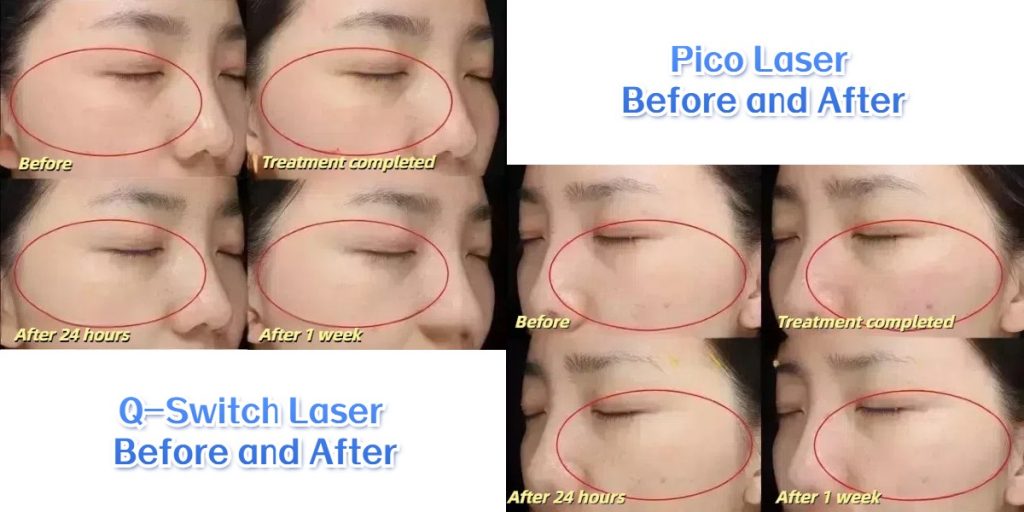
In order to more clearly feel the difference between “pico laser” and “Q-switch laser”, and to confirm whether the pico laser is as effective as the legendary in pigment treatment, we conducted a comparative treatment, using pico laser and Q-switch laser on the left and right sides of the same person respectively.
Before laser therapy
Right face before treatment
The client has very light chloasma on the right cheekbone with unclear boundaries. Visia skin analyzer shows brown spots, which means that deep pigments are obviously concentrated.
Although deep pigments are not obviously shown on the skin surface at present, they may appear one day as they age and their physical and emotional states change.
This time, “Q-switch laser” with large spot and low energy is used for light sweeping.
Left face before treatment
Through naked eye observation and Visia skin analysis machine, it can be seen that the left and right faces have the same pigmentation problem.
This time, “Pico Laser” was used with a spot size of 8mm.
Feelings during treatment
Q-switch laser: The large spot and low energy laser lightly sweeping across the face feels a little stinging, but it is tolerable.
Pico laser: The pain caused by the 8mm spot honeycomb pattern on the face is much stronger than that of the Q-switched laser. The customer must need epidermal paralysis for treatment!
Immediate response after treatment
The immediate reaction after pico laser treatment is more severe than that after Q-switch laser treatment. There is a slight burning sensation on the face and ice compress is needed immediately.
24 hours after treatment
Before going to bed at night, the redness on the right side of the face treated with Q-switch laser had basically faded, while the redness on the left side of the face treated with pico laser still felt slightly hot and had not completely faded.
On the second day, the skin basically returned to normal, and the spots on both sides of the face had a certain degree of aggravation. In comparison, the degree of aggravation of the spots after pico treatment was less than that after Q-switch treatment. The overall skin color did not change much.
Q-Switch Laser Treatment Before and After
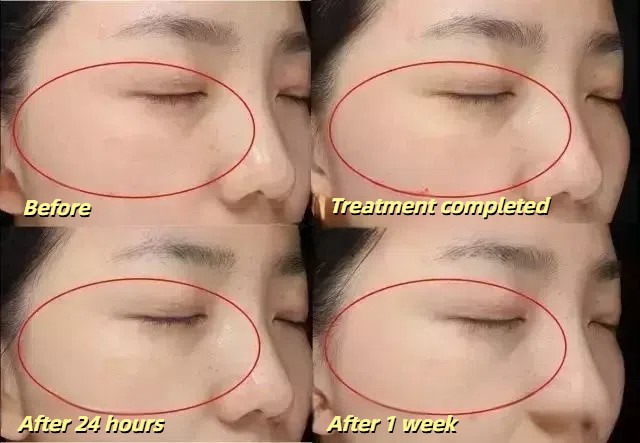
After the Q-switch laser treatment, the overall skin reaction was very mild. Although the changes in one week were not obvious, a closer look showed that the skin color seemed to be slightly brighter.
From the brown spots, we can see that the pigment particles gathered in the deep layer have gone through such a process:
Immediately after treatment, it deepened – slightly lightened 24 hours after treatment – dispersed and lightened one week after treatment.
It is worthy of being a classic instrument for treating pigment problems for so many years!
Pico Laser Treatment Before and After

The immediate skin reaction after pico laser treatment is slightly heavier than that of Q-switchlaser, but the recovery speed is relatively fast. The overall skin color is also brighter.
The reaction of brown spots surprised me. In the immediate skin test after treatment, we can see that the pigments gathered in the cheekbones are obviously dispersed, which beats Q-switch laser with an absolute advantage. The lightening of deep pigments in the following week is also more obvious, and the effect is better.
I have to sigh at the development speed of medical beauty technology. Pico laser is worthy of being an upgraded version of Q-switch laser!
Treatment Summary
This week, whenever I asked my friends to guess which side of the client’s face was treated with pico laser and which side was treated with Q-switch laser, they always guessed the correct answer effortlessly, because the left side of the client’s face was obviously whiter and tenderer than the right side! The treatment effect of pico is better than Q-switch laser!
The doctor who treated the client looked at the skin monitoring photos after the treatment and couldn’t help but say: In fact, the effect in person is more obvious and convincing than the photos!
FAQs about Pico Laser and Q-Switch Laser
What is Pico Laser?
Picosecond laser is a laser whose pulse duration (pulse width) reaches the picosecond level for each laser emission. Picosecond, which is one trillionth of a second, what is the concept?
1 second = 103 milliseconds = 106 microseconds = 109 nanoseconds = 1012 picoseconds = 1015 femtoseconds.
The acousto-optic mechanical blasting effect of pico laser is more obvious. The narrower the pulse width, the more obvious this effect is. The treatment blasting efficiency for tattoos and fine pigment particles is higher, and the thermal damage to the surrounding tissues of the skin is smaller. The shorter the pulse width, the weaker the thermal effect, the weaker the thermal pain, and the more obvious the hysteresis effect of the skin endpoint reaction.
What is a Q-switch laser?
Q-switch laser means that the duration (pulse width) of each laser pulse reaches the nanosecond level. By using the Q-switching method, the number of laser particle inversions is accumulated, the energy is amplified and stored, and then in a very short time (nanosecond level), the Q value is increased to release the laser instantly, generating a laser pulse (giant pulse) with a very high energy peak and a very short duration. The laser generated by this technology is called Q-switch laser.
What are the benefits of short laser pulses?
The shorter the laser pulse, the less likely the laser energy absorbed and accumulated in the target tissue will diffuse to the surrounding tissue. The energy is confined to the target to be treated to a greater extent, protecting the surrounding normal tissue. Therefore, the treatment is more selective and safer.
The difference between picolaser and q-switch laser?
The pulse width of pico laser is only one hundredth of that of traditional Q-switch nanosecond laser. Under this ultra-short pulse width, light energy does not have time to be converted into heat energy and almost no photothermal effect is produced. After being absorbed by the target, its volume expands rapidly, producing a photomechanical effect and being exploded and torn into pieces. It has stronger selectivity and can produce stronger therapeutic effects on pigmented skin lesions with shorter treatment times.
To give an analogy, if we compare the original pigment particles to rocks, the traditional Q-switch laser can break these rocks into the size of pebbles, while using pico laser can break them into fine sand, thus greatly improving the absorption efficiency of the pigment fragments.
Conclusion: Pico laser can break up pigment particles more thoroughly and cause less damage to surrounding tissues.
Advantages of Picosecond Laser
- Using extremely short pulse output to replace the thermal effect principle, directly shatter the melanin.
- No cumulative thermal damage, and less likely to damage skin tissue.
- The side effects after treatment are very low, and it is less likely to re-melt.


